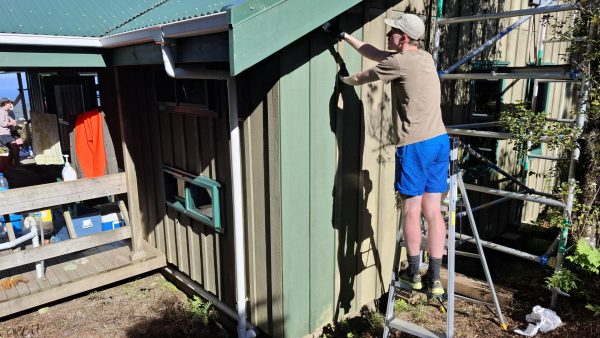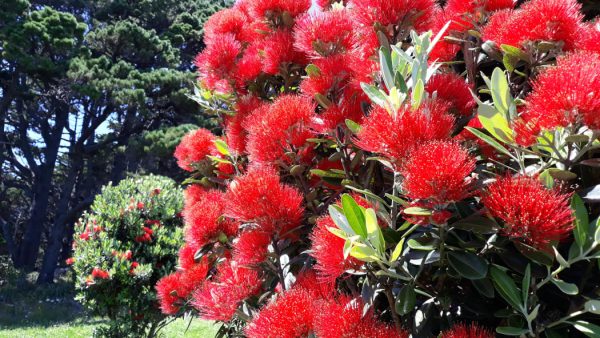Ultraviolet light is used to make drinking water safe, zap bugs, and reveal blood spatter at crime scenes. Now, a team from the University of Auckland is exploring whether it could also help preserve New Zealand’s kaimoana and boatie way of life. However, while this technology shows promise for fighting some forms of invasive seaweed, its effectiveness on Aotea/Great Barrier Island’s infestation remains uncertain.
Scientists from the University’s Institute of Marine Science recently tested a prototype UV unit on Caulerpa parvifolia at Rakino Island in the Hauraki Gulf, achieving a rapid reduction in seaweed coverage in five small test areas. “Invasive exotic Caulerpa is one of the biggest threats to our marine life, smothering everything in its path, so it’s exciting to have another potential tool to destroy it,” said Liz Brooks, Team Manager Pathways and Marine at Auckland Council, which supported the trial.
However, the experiment did not include Caulerpa brachypus, the type found around Aotea, raising concerns about how effective UV treatment might be for Great Barrier Island’s specific challenges.
The type of Caulerpa on Aotea can grow on our rocky reef environments, which makes targeting with flat-panel UV devices, and dredges difficult. Past criticism from the Aotea Caulerpa Response Team (ACRT) highlighted the lack of R&D money directed specifically at Caulerpa brachypus. “We have 95 percent of the Caulerpa, and are getting 5 percent of the funding,” ACRT Chair Chris Ollivier noted earlier this year. The frustration is rooted in the perception that resources are being funneled towards mainland outbreaks, despite Aotea’s severe infestation.
This month, Biosecurity NZ extended the Exotic Caulerpa Controlled Area Notices (CANs) on Aotea until 30 September 2025. The notices restrict movement of marine equipment and regulate anchoring in affected areas on the west cost of Aotea, to prevent further spread. Yet, some locals are increasingly concerned about the economic impacts of the CANs and the slow pace of concrete action.
“Anything living on the sea floor is at risk,” John Walsh, MPI’s Director of Pest Management and Biosecurity, emphasized during a recent meeting. The decision to extend the CANs came as MPI faced criticism for issuing commercial fishing licenses within controlled areas without public notice, leading to tension between residents and officials.
The UV technology is still in its early stages, with Auckland University suggesting that larger-scale trials are needed before it can be used to tackle Caulerpa parvifolia in places like Waiheke. “The field tests were in line with our lab results, so the next step would be testing at a much larger scale,” said Professor Andrew Jeffs.







